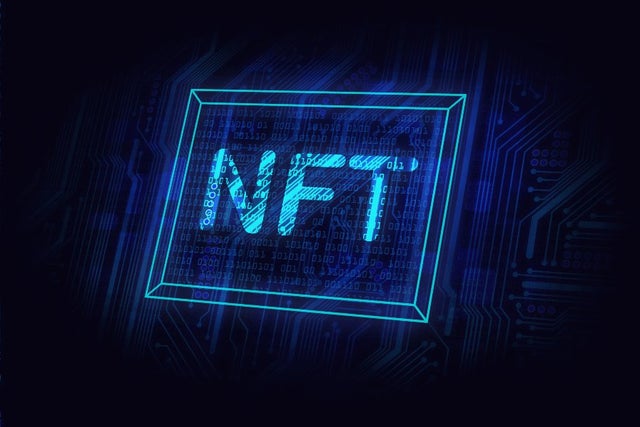
NFTs and Financial Crime
Let’s talk about NFTs and start with what it really is. It is a component of data stored on a digital register, called a blockchain, which can be sold and traded on digital markets. NFT can be related to a specific digital or physical asset (physical item or a folder) and a permit to use this asset for a particular purpose. Unlike Bitcoins, NFT’s are unique, not exchangeable and have a different price/value.
An NFT has several uses such as digital art, music, film, tickets, pornography, fashion (umm, Cryptokicks) or even films and promotions. They are essentially digital artwork pieces that can be bought anonymously thanks to blockchain. Earlier this year, we saw an artwork that comprised of a single grey box being sold at the Sotheby’s auction for 1.3 million dollars.
Now if you combine new technology, high value digital artwork, unregulated digital wallets and anonymity, what do you get? A great opportunity to launder money and commit fraud. Anyone looking to conceal their illegal proceeds can create an anonymous NFT, put it for sale and purchase it themselves through an unknown identity and convert the illicit proceeds to legitimate funds through the sale of the artwork.
Considering how subjective artwork is and people’s tastes are, it is easier to increase the value of the NFT being sold. Catherine Graffam, an Art & Design faculty member at Lasell University, told Mr. Whale that NFTs are already being used to launder money in similar ways conducted with physical art. She added that they offer some advantages, elaborating – “It could possibly be even easier to move dirty funds around because it is tied to a decentralised currency and the fact that there are no physical artworks to have to transport or store in off-shore tax haven warehouses.”
Similarly, it is so easy to pose as other artists and sell artwork for huge amounts of money without any official verification process. A seller who posed as Banksy made $336,000 by selling by advertising the artwork through the real artist’s website. Quing Han, A famous artist who unfortunately passed away after losing a battle with cancer, was very popular for her illustrations on social media. Almost a year after her passing in 2021, fraudsters started using her identity to sell NFT’s featuring her pieces.
There are a lot of NFT exchanges that do not have solid AML or KYC verification processes and regulations in place, which is most definitely going to change in the near future due to such incidents. As much as technology and blockchain advances, it is so important to be cautious and ensure that there is no exploitation of these technologies and people who are being duped by such criminals. Every time there is a new technology introduced, criminals always find creative ways to commit fraud or clean their illicit proceeds.
Please note that all opinions made on this blog should be treated as a guide and not legal advice. Sources have been linked.





